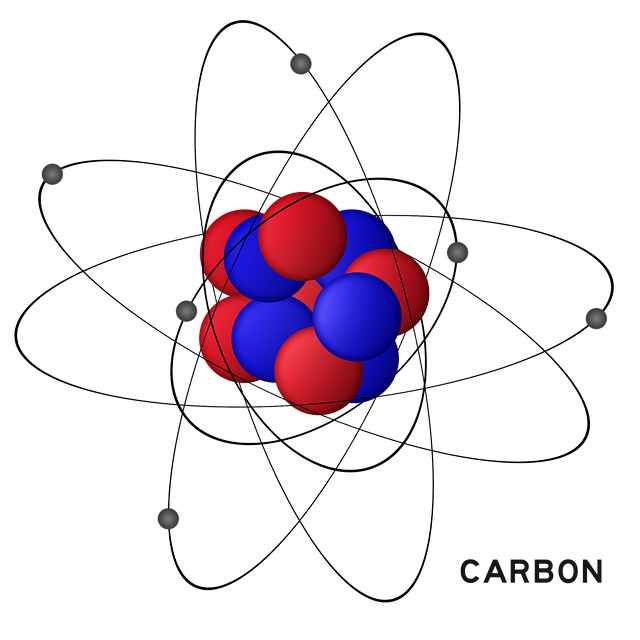DETERMINATION OF e/m VALUE OF ELECTRON BY J.J THOMSON
In 1897, J.J Thomson determined the value of e/m of the electron.
Apparatus for Determination of e/m value of the electron by J.J Thomson
The apparatus is consisted of a discharge tube having gas at low pressure. The cathode is made up of an aluminum disc. Disks A and B produce a very fine beam of electrons. This beam is allowed to fall on a fluorescence screen XY. The surface of the screen is coated with ZnS. An electrical field is applied in the plane of the paper. The magnetic field is applied perpendicular to the plane of the paper.

Working of J.J Thomson apparatus for determination of e/m value of electron
A fine beam of electrons is passed through the magnetic field H. The magnetic force acting on each electron is Hev where ‘e’ is the charge of an electron and ‘v’ is the velocity of the electron. A magnetic field compels the electrons to move in a circular emv2/r
Hence mv2/r = Hev
After simplifying and rearranging

If we know the velocity of the electron, (V) the radius of the circular motion of the electron (r), and the strength of the magnetic field H, then we can calculate the e/m of the electron.
In order to determine the velocity of the moving electron, the electron and magnetic field are applied simultaneously at a right angle to each other. The electrons are deflected downwards by the magnetic field and upward by the electrical field. When the two fields are equal then the net deflection of electrons is zero. Under these conditions, the magnetic force Hev is balanced by electrical force Ee.
Hence Hev = Ee
So, v = E/H
The value of the magnetic field ‘H’ is determined with the help of a search coil. Hence, the value of the velocity of electrons can be calculated. This value of velocity is put in equation (1) to calculate the e/m of the electron.
A number of experiences were carried out in which J.J Thomson changed the metal of the cathode and the gas in the discharge tube. The value of e/m came out to be 1.7588 x 1011 CKkg-1. This mass is that one kg of electrons has 1.7588 x 1011C of charge.







Leave a Reply